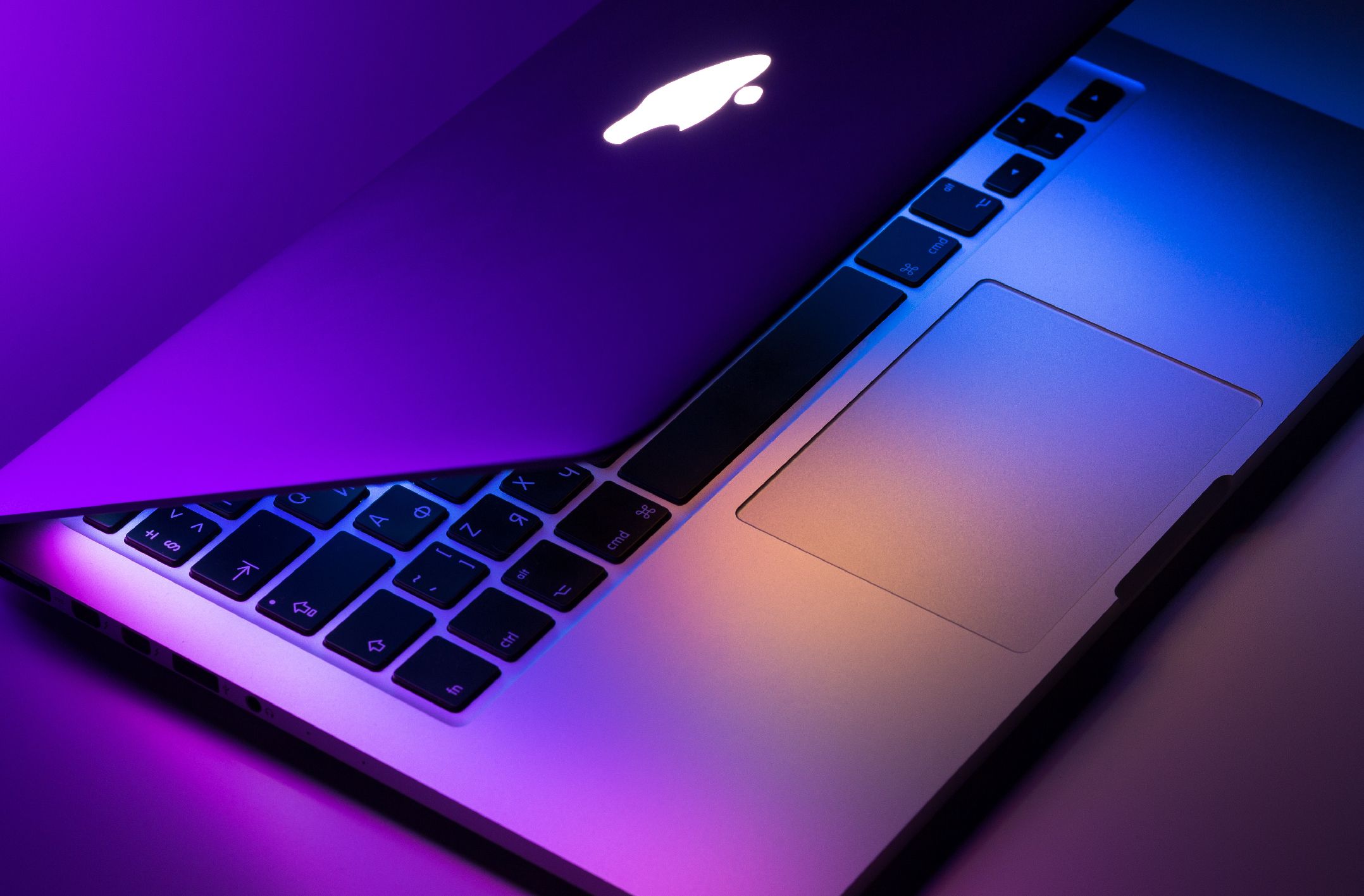When it comes to building a brand, there’s quite a bit that goes into it: a logo, brand drivers, colors, reputation, typography, visual identity, psychology, design aesthetic, recognition. If you were to ask someone what their brand is, I’m pretty confident you would get a string of words with a few of the ones I just mentioned.
The truth is most people don’t understand what exactly their brand is, but most everyone has a congealed definition based on other peoples' definitions and how others around them have used the term “brand.”
But it’s ok. I’m not here to shame you for using these terms wrong or not knowing the difference between them (it’s my job to help you!). I’m here to help you know what the true meaning of these terms are so that you can use them correctly. The main two things that I want to clarify when it comes to branding is logo and brand.
Contrary to popular belief, your logo does not equal your brand.
Read that statement a couple of times if you need it to sink in. Your logo in and of itself is not the entirety of your brand. It’s actually a very small part of your brand.
What your logo is and isn’t
I could actually write an entire book on branding and the different aspects that involve branding, but for simplicity and to keep this article short, your logo is simply a visual identifier to represent your brand. It’s meant to be used as a quick signal of recognition and validation.
You go through having a logo designed for you so that it can be easily recognizable as quickly as possible. The colors, typography, style, layout, and other design aesthetics were chosen to help distinguish you from your competitors and other businesses.
Those things were also chosen for psychological reasons too. When you were having your logo designed, did you ever say something similar to “I want to use the color blue because it is calming and peaceful,” or “I really like that font because it shows authority and that we’ve been in business for a long time.” These are psychological reasons behind the decisions you made when you designed your logo.
All of these things come into play as being the sole visual identifier for your business. Your logo evokes these feelings and represents these things in the quickest visual form possible.
However, these things in and of themselves don’t make up your brand; they only help to make your brand more cohesive and match their visual counterpart.
What your brand is and isn’t
Now that we’ve established that your logo is not your brand, I’m sure you’re wondering exactly what your brand is.
Your brand is an umbrella over everything you do, everything you represent, your reputation, and what you put out into the marketplace.
Believe it or not, you aren’t the one that gets to create your brand: you only get to influence it.
Your brand is established in the marketplace through a combination of aspects such as recognition and reputation. The marketplace determines what your brand is; you can only hope to put things out there into the marketplace to help influence it so that it is more in line with who you actually are.
In other words: you put out bits and pieces of information (both intentionally and unintentionally) that the marketplace then uses to come to a consensus or conclusion about your business. It’s your job to make sure that those bits and pieces of information are positive and in line with your business goals, mission, and what you want your brand to say about you.
Thus, your brand is something that you have very little control over, where your logo is something you have 100% control over. Your logo is a small part of your brand that you can control, a bit of information that you put out there to build your reputation and recognition in the marketplace. The marketplace then mentally attaches your logo to their opinion and consensus of your business (your brand).
A brand is established when it becomes recognized by seeing the logo in the marketplace. Apple has established a brand because wherever you see their logo, you have feelings of high-end computing, well-designed products, and technology that is meant to work flawlessly. You have a brand when someone can see your logo and start explaining what your business does and the reputation in the marketplace.
How your logo and brand work together
So now that we’ve established that your logo is simply your visual identifier to your brand and that your brand is determined by the marketplace, how can you get something that you completely control work with something you have very little control over?
Your logo actually contains several bits of information that you’re putting into the marketplace.
I covered some of these things above when I talked about the psychology of your logo and how your design aesthetic choices help influence the psychology behind your logo.
For example, using calm colors (blues, greens) help evoke feelings of relaxation and peacefulness, which can work in your favor in the marketplace by encouraging a positive reputation. In contrast, if opt to use red in your logo, it’s showing energy and excitement, thus your brand could develop into one that’s very energetic and ready to tackle any problems thrown your way.
Your logo is putting out these psychological signals into the marketplace. It is a way you can use the design of the logo to help influence your brand in the marketplace. Thus, when you’re working on designing your logo and brand identity, keep in mind that your logo is putting out bits of information on who you are, so be sure that your logo represents you well in all aspects.
Conclusion
Your logo is not your brand, but you can help influence your brand by designing your logo and brand identity well to help put positive bits of information into the marketplace. Use your logo as your visual identifier that the marketplace will then attached to the brand you’re influencing. Remember, you can’t make your brand, you can only put bits of information into the marketplace that the marketplace will then congeal to make your brand. Your logo represents that congealed collective of information that represents your brand.


